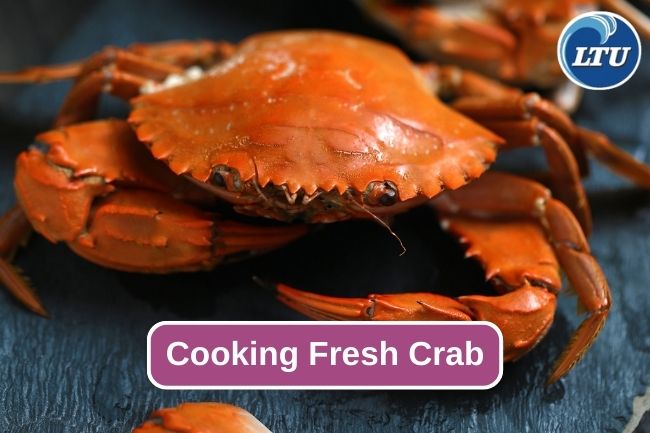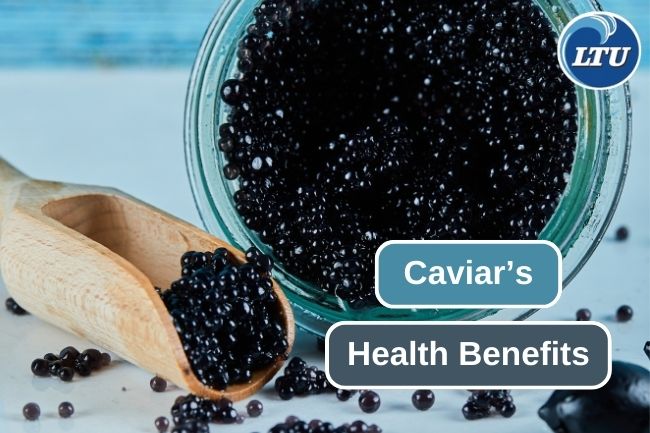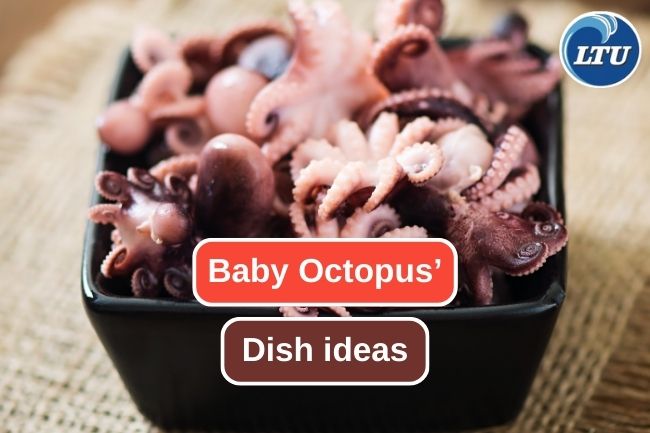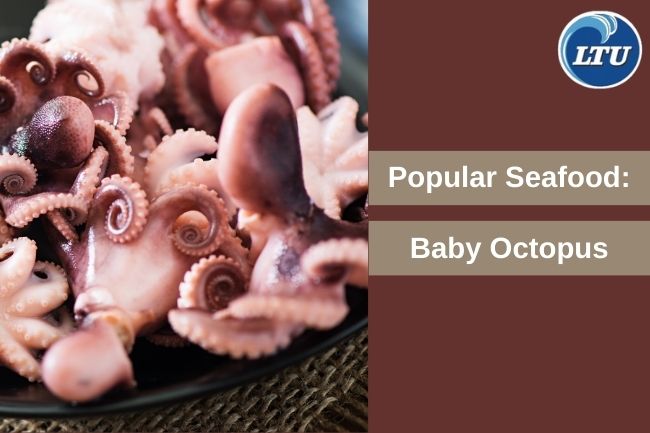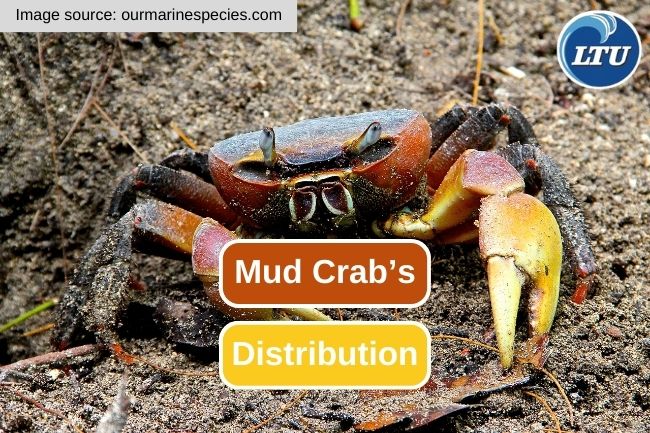10 Impressive Facts about Lobster
By. Nevanda - 22 Sep 2023
lauttimur.com - Lobsters, those enigmatic and ancient denizens of the deep, have long captivated our imagination with their mysterious allure. Beneath their tough, unyielding exterior lies a world of intriguing quirks and captivating peculiarities that make them one of the most captivating creatures of the sea. Here are some interesting facts about Lobster:
1. Ancient Creatures
Lobsters are among the oldest living creatures on Earth, dating back around 100 million years. They have remained relatively unchanged in terms of their basic anatomy throughout their long evolutionary history.
2. Molt to Grow
Lobsters have a hard exoskeleton, or shell, which doesn't grow with them. To grow, they undergo a process called molting, where they shed their old shell and form a new, larger one. This makes them vulnerable to predators during the molting process.
3. Longevity
Lobsters are known for their impressive lifespan. Some lobsters can live for several decades, with the potential to live up to 50 years or more in the right conditions.
Read also: Unique and Unforgettable Indonesian Seafood Cuisine
4. Size Variability
Lobsters come in various sizes. The largest lobster ever recorded weighed around 44 pounds (20 kilograms) and was over 3.5 feet (1.1 meters) long. However, most lobsters caught for consumption are much smaller.
5. Distinctive Coloration
Lobsters are usually greenish-brown to dark blue-green in color, which helps them blend in with their underwater surroundings. When cooked, they turn red due to the chemical changes that occur during the cooking process.
6. Two Types of Claws
Lobsters have two different types of claws. One is a large, heavy crusher claw used for crushing prey and breaking open shells, while the other is a finer, sharper cutting claw used for tearing food apart.
7. Communication
Lobsters communicate with each other through a combination of pheromones and body language. They use their antennae to detect chemical signals released by other lobsters and engage in various displays to establish dominance or mating readiness.
8. Excellent Swimmers
While lobsters are often associated with crawling along the ocean floor, they are capable swimmers. They can propel themselves backward rapidly by flipping their powerful tails.
9. Diverse Diet
Lobsters are opportunistic feeders and will consume a variety of items, including fish, mollusks, worms, and even algae. They are also known to scavenge on dead animals.
10. Lobster Righting Reflex
Lobsters have a fascinating behavior known as the "lobster righting reflex." If they are placed upside down, they will use powerful abdominal muscles to flip themselves back over, helping them avoid becoming easy prey.
These are just a few intriguing facts about lobsters, showcasing their remarkable adaptations and significance in marine ecosystems and human culture.
Read also: Disease Management in Shrimp Farming for Sustainable Aquaculture


